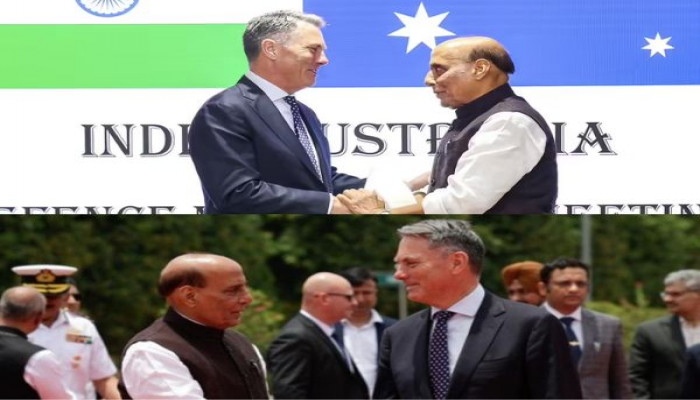India and Australia launch first joint project to enhance undersea surveillance
- In Reports
- 06:00 PM, Jul 03, 2025
- Myind Staff
Australia and India will work together on a joint research effort to improve undersea surveillance systems, marking the first official science and technology agreement between the two countries.
This three-year programme will focus on advancing the detection of submarines and the tracking of autonomous underwater vehicles using modern technology.
The collaboration brings together the Information Sciences Division of Australia’s Defence Science and Technology Group and India’s Naval Physical and Oceanographic Laboratory under the Defence Research and Development Organisation (DRDO).
The goal of this partnership is to test out new algorithms and help both countries share knowledge in the area of undersea surveillance, which is one of the main priorities under AUKUS Pillar II.
The research will explore how towed array target motion analysis can be used to make current underwater tracking technologies more effective and dependable. A towed array signal processing system uses hydrophones that are pulled behind a ship to capture underwater sound signals and helps in studying these sounds to detect and follow targets beneath the sea.
Amanda Bessell, head of DSTG’s Information Sciences Division, said that target motion analysis, which includes different tracking methods, is an important tool for maintaining awareness during missions where active sonar is not used.
Suneel Randhawa, who leads the Information Sciences Division, said the project has the potential to “guide the development of future algorithmic directions for our undersea combat system surveillance technologies.”
Randhawa also said, “We need to engage the best brains in innovation, science and technology to develop new capability, to innovate at a faster pace, and to enhance our strategic partnerships.”
The Defence Department described the project as the “latest milestone in enhancing maritime domain awareness cooperation between Australia and India.”







Comments